Paganism is an ancient religion prevalent in Rome before Christianity was adopted as the official Roman religion. Unlike Christianity, Pagans believed in multiple gods ruling over specific aspects of life. And from these beliefs came Pagan holidays. Pagan holidays are days of celebrations that Pagans often dedicate to their many gods or to celebrate different walks of life among their followers.
So you may be thinking, “What pagan holidays have Christians adopted that the Ancient Romans also celebrated? You might be surprised by some of the days on this list! Some popular Pagan holidays include Christmas, New Year’s Day, Easter, the Roman version of Halloween, May 1st (Labor Day), Epiphany, and Saint John’s Eve.
It’s time to take a much more detailed look at some of these popular holidays celebrated by Christians worldwide. Let’s look at the seven most popular Pagan holidays adopted by Christianity.
Christmas
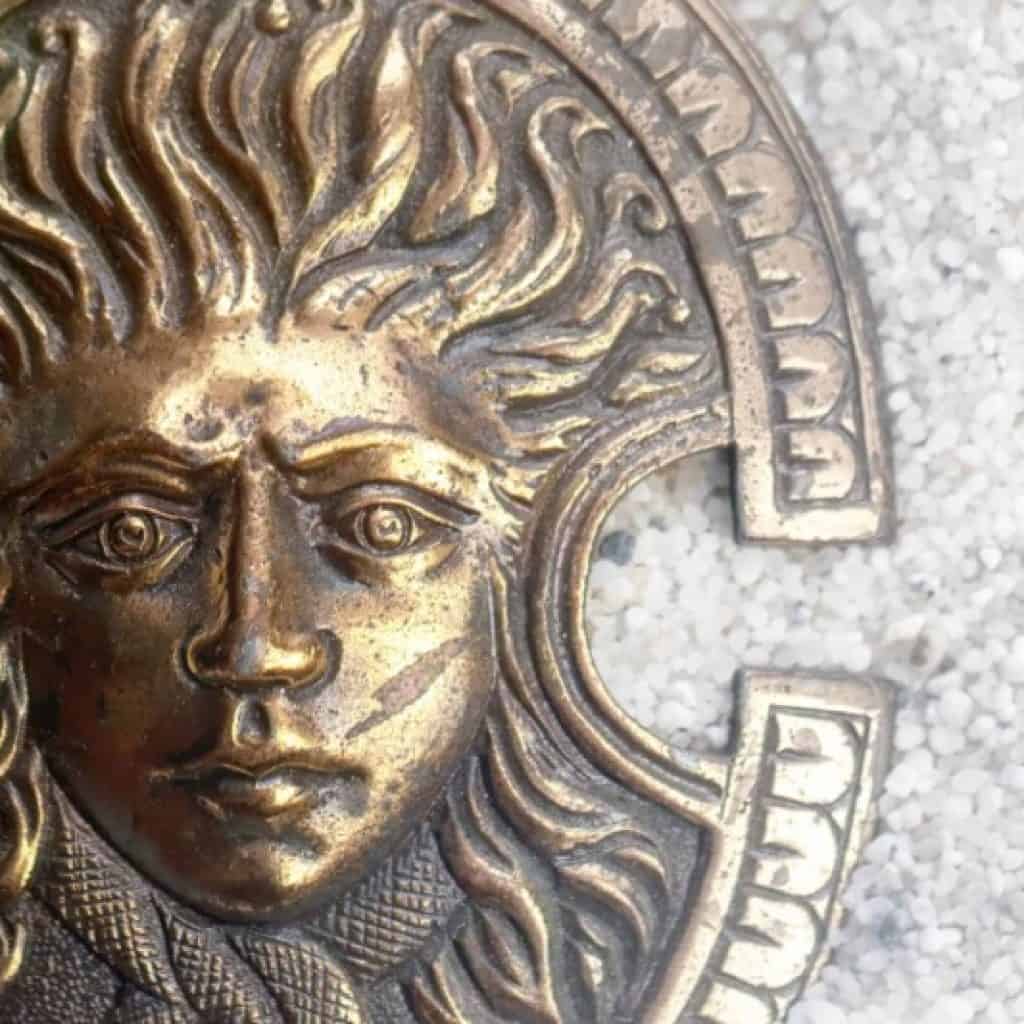
We all know about Christmas and why it’s celebrated, right? The birth of Jesus Christ, the savior and the namesake of Christianity. But that’s the Christian version of the holiday. To find out how Christmas was celebrated as a Pagan holiday by the ancient Romans who practiced polytheism, we need to go back to the 3rd century.
For Pagans back in the day, Christmas was a celebration of the sun god, Sol Invictus. In the late 3rd century, Roman emperor Aurelianus had a massive temple constructed to please Sol Invictus, and it was inaugurated on, you guessed it, December 25th. So as a Pagan holiday, Christmas is a celebration of the “birth” of the sun god Sol Invictus. These ancient Romans knew this day as Dies Natalis Solis Invicti, translating to the “birthday of the Unconquerable Sun”.
December 25th was believed to be the sun god’s birthday because of its proximity to the Winter Solstice. As you may know, the Winter Solstice (December 21st) is the shortest day of the year, after which the days start to have more and more sunlight. For this reason, the ancient Romans believed that this is the time when the sun won its battle against the darkness, hence the name the Unconquerable Sun.
With the Winter Solstice as the true focal point, the Pagan Holiday of Christmas was a week-long celebration, splitting the Solstice and adding four days before and four days after. So the Pagan celebration began on December 17th, leading up to the Solstice. After the Unconquerable Sun won its battle on the 21st, four days later, the celebration ended and culminated with jubilation and the exchanging of gifts on December 25th. Quite a bit different than what’s celebrated on Christmas these days!
New Year’s Day
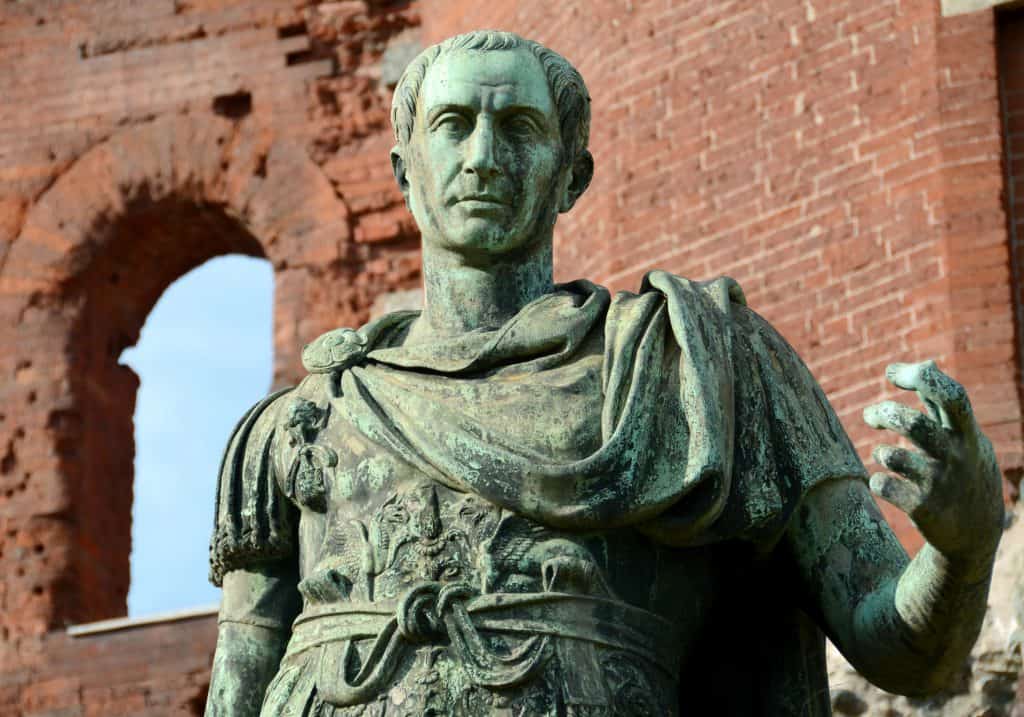
Today we all celebrate New Year’s Day as the first day of the new year (shocking, we know). Everyone wants to celebrate the opportunity for the new year ahead and look back on the previous year, good or bad. Though this holiday has been adopted by Christianity and most other religions and faiths, the celebration was not always on January 1st during the days of Ancient Rome. Let’s look back over 2,000 years ago to see how this Pagan celebration used to be celebrated and how it’s been changed over the years.
The new year’s first day has not always been in January. That may seem a bit odd since January is the first day of the month, right? Well, that wasn’t always the case. During Ancient Rome, Pagans celebrated the start of the new year in March.
This is because March is dedicated to the Roman god of war, Mars. In Ancient Roman mythology, Mars is Romulus’ heavenly father. And seeing as Romulus founded Rome, Mars was held in high regard. Thus, it was believed the new year began in March.
This didn’t change until 153 BC, when Roman consul Quintus Fulvius Nobilior was forced to move New Year’s Day to January 1st because of extenuating circumstances caused by war. This was not widely accepted through ancient Rome, and it wasn’t until Julius Caesar revealed his Julian Calendar in 46 BC that January 1st was officially established as New Year’s Day. This is because the namesake of January, Janus, stems from the Latin word for “door”.
As the god of doors, Janus was thought to represent new beginnings and new opportunities, so it made sense that the first day of his month would celebrate the new year. Throughout the adoption of Christianity in Ancient Rome, New Year’s Day remained on January 1st, and that tradition has survived for over two millennia.
Easter
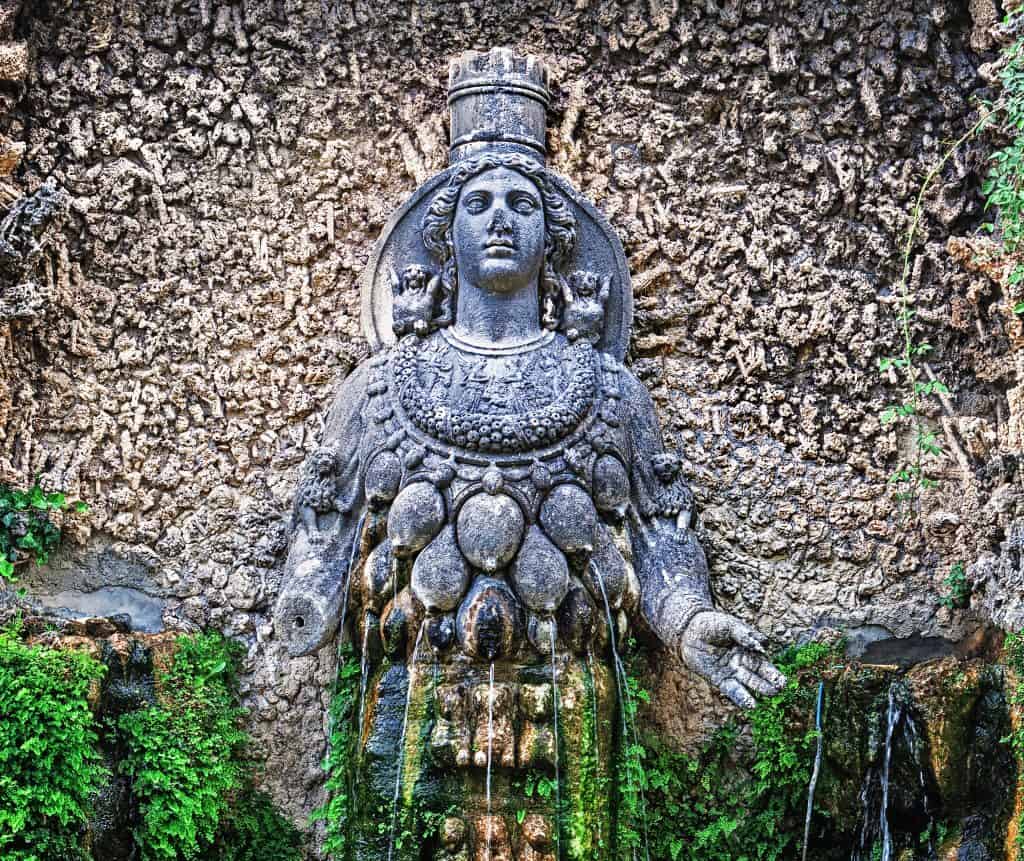
Easter is one of the most popular holidays celebrated by Christians worldwide. The celebration of the day that Jesus rose from the dead, it’s one of the most important days of the Christian calendar. But Christianity is not the only religion that celebrates this holiday, and the fact that it doesn’t fall on the same date every year goes back to its Pagan roots.
The way Christians celebrate Easter today is a combination of Lent followed by Holy Week. With everything culminating on Easter Sunday to commemorate the day that Jesus was resurrected. But in Ancient Rome, Easter was celebrated for a different reason: One that was based on the moon’s cycle as it falls on the first Sunday of spring following the new moon. Not only does it follow the moon’s cycle, Easter gets its name from Eostre, the goddess of spring.
Even the seemingly innocuous Easter bunny and all the Easter Eggs we know and love have Pagan origins dating back to ancient society. The eggs associated with Easter were originally associated with Eostre as symbols of rebirth and fertility. So as you can see, Easter was not always celebrated the same that we all know it today. Over the last couple thousand years, the holiday has transformed from its Pagan origins to what we all see today as the version adopted by Christianity.
The Roman Version of Halloween
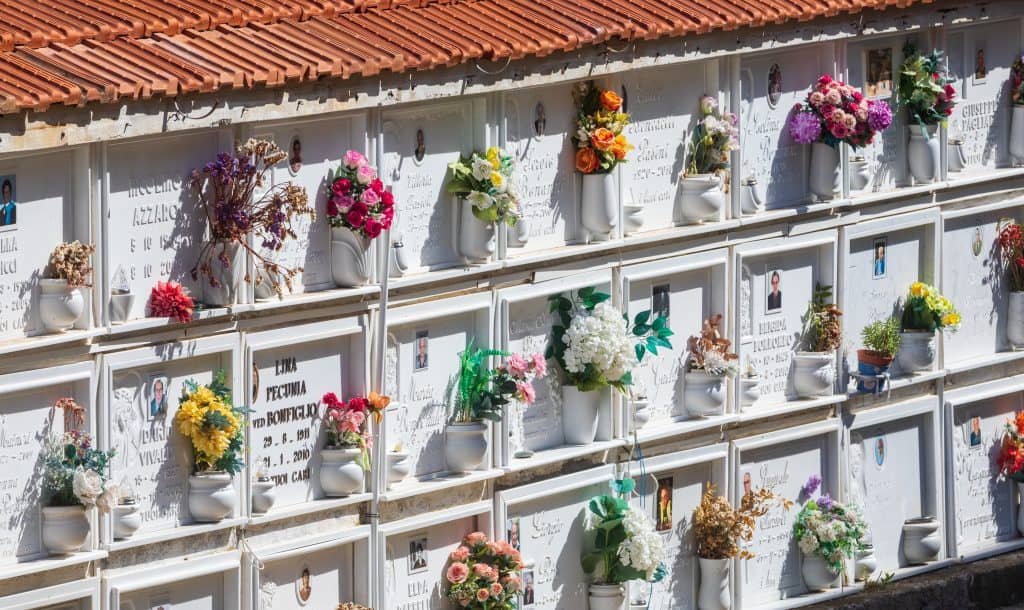
Halloween is a favorite holiday around the world for people of all ages. Kids trick or treating in their creative costumes. Adults dressing up and attending parties to have a great time. It’s a fun holiday, right? Except that the Halloween that most people know (October 31st) is not even the true holiday of Christianity, much less the much creepier version of Halloween from the days of Ancient Rome.
To start, the Christian holiday that was created in memory of those dearly departed is November 2nd and is known as All Souls’ Day. Halloween is actually “All Hallows; Eve”, named so because of November 1st, All Hallows’ Day (or All Saints Day). So when we think of Halloween, almost nobody thinks of the Christian celebration of All Souls’ Day, but that’s the one that was adopted from Paganism!
In Ancient Rome, their traditions were much creepier than just commemorating those who have passed. For Pagans, there were multiple times throughout the year that they celebrated those who have perished. For example, more than a week in February (13-22) was dedicated to the dead. During these days, Romans would bring food to the graves of loved ones as an offering and even sit and eat lunch at the graves with their loved ones’ spirits.
Not only that, but the Romans even believed that the dead needed access to the world of living from time to time. So they would open the gateway between the underworld and the world of the living so the dead could walk among us. If that sounds a bit creepy, that’s because it is! So the Christian celebration of Halloween is very different from the original Pagan version, and both vastly differ from what most people think of these days as Halloween!
May 1st — May Day
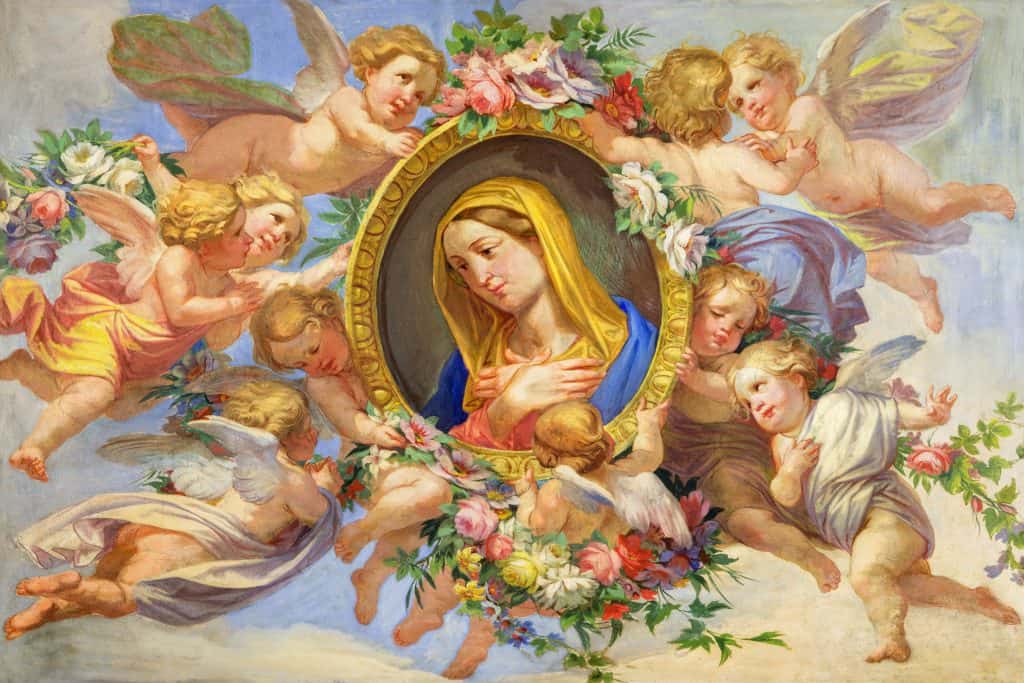
As you’re scrolling through this list, May Day might have popped out to you as a strange inclusion on this list as it’s mostly celebrated as International Workers Day or Labour Day in the UK.
But what does May Day have to do with religion? Well, having a holiday on May 1st dates back to Ancient Rome, and Christians later adopted and transformed the holiday. According to Pagan beliefs, May 1st was a day dedicated to the goddess of fertility and the element of fire, Maia. As you might have guessed from the name, Maia is the namesake of the month of May, just like Janus above is the namesake of January.
With these gods and goddesses being of such importance to the Ancient Romans, the first days of the months were celebrated to honor them. May 1st was no exception.
When Christianity took over as Rome’s official religion, the celebration of May 1st was repurposed to make more sense with the new religion. Since Maia was seen as a motherly figure among the Roman gods and goddesses, the celebration of May 1st was transformed into a celebration of the most motherly figure of Christianity, the Virgin Mary herself. Even though May 1st is no longer celebrated in Maia’s honor, the concept was adopted by Christians and used to honor their religion’s motherly figure.
Epiphany or Three Kings Day
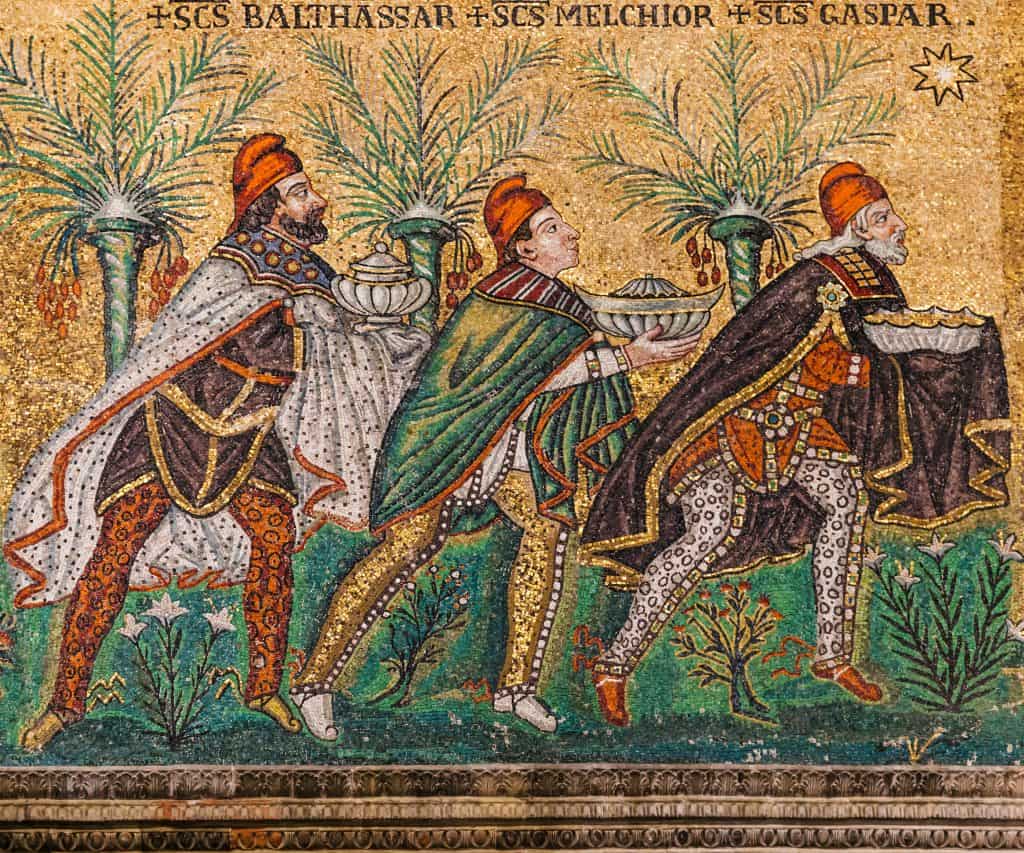
Epiphany — or Three Kings Day — is a well-known holiday among Christians today, and the Ancient Romans celebrated on January 6th every year. For those who don’t know what the Epiphany is, it’s essentially a celebration of the day the three Magi Kings visited baby Jesus after he was born; in other parts of the world, it is also recognized as the day that Jesus was baptized. In Italian culture especially, Epiphany is one of the most important days of the year.
In Italy, the Epiphany is held in the highest regard and is seen as the most important day of the holiday season. Yes, that means it even out places Christmas. In Italian culture, most families do not exchange gifts on Christmas like many other parts of the world, but instead, they wait until January 6th to give gifts. This is because that is when it is believed that Befana — a witch — rides around on her broom and gives gifts to the good children and coal to the naughty ones.
Sounds familiar, right?
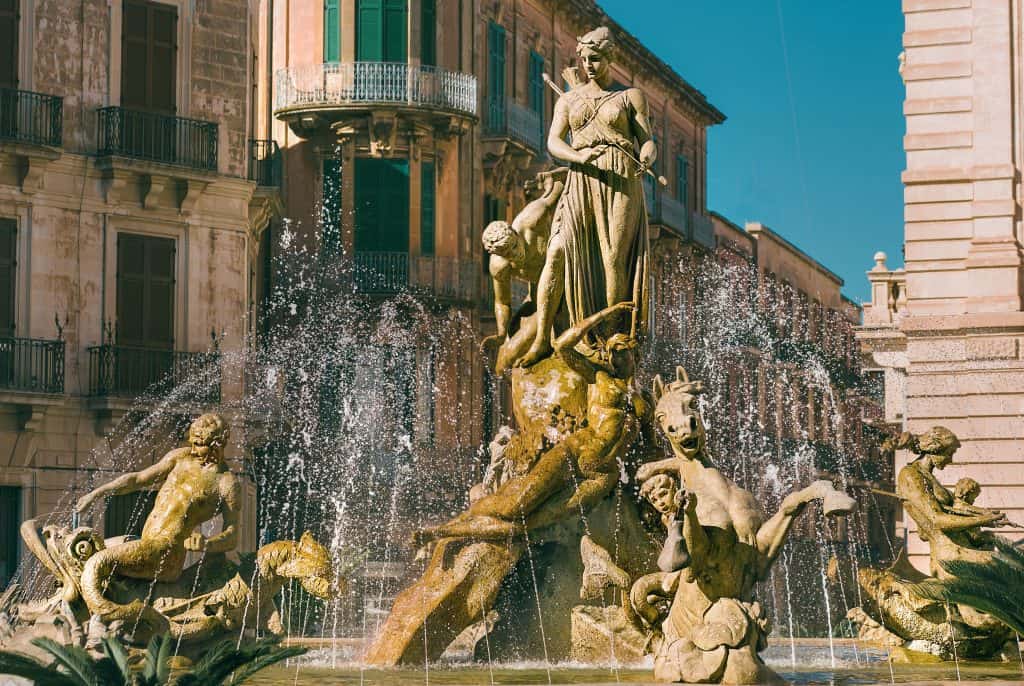
But the Pagan origins of the holiday do not have anything to do with a witch flying over the country and handing out gifts or coal, but it was still important to the Ancient Romans. To the Romans, January 6th was celebrated following the twelve nights after the Winter Solstice. During this time, it was believed that the personifications of satiety and abundance accompanied the Roman moon goddess Diana.
These deities would fly over the fields and make them fertile for the year ahead. They believed that the year ahead was the personification of an old lady who would use her last breath to give food and seeds to Italy’s people to provide for them throughout the year. This is where the legend of Befana came from for Italian children, which is, of course, very similar to Santa Claus as well!
Saint John’s Eve
Although St. John’s Eve may be less known even among Christians in the modern world, it’s one of Christianity’s oldest holidays, celebrated since the 4th century or before. This ancient Christian tradition is celebrated every year on June 24th to commemorate the life of Saint John the Baptist. One of the most famous saints of all time, John the Baptist, can be found worldwide in artwork, universities, and even as the namesake of many grade schools.
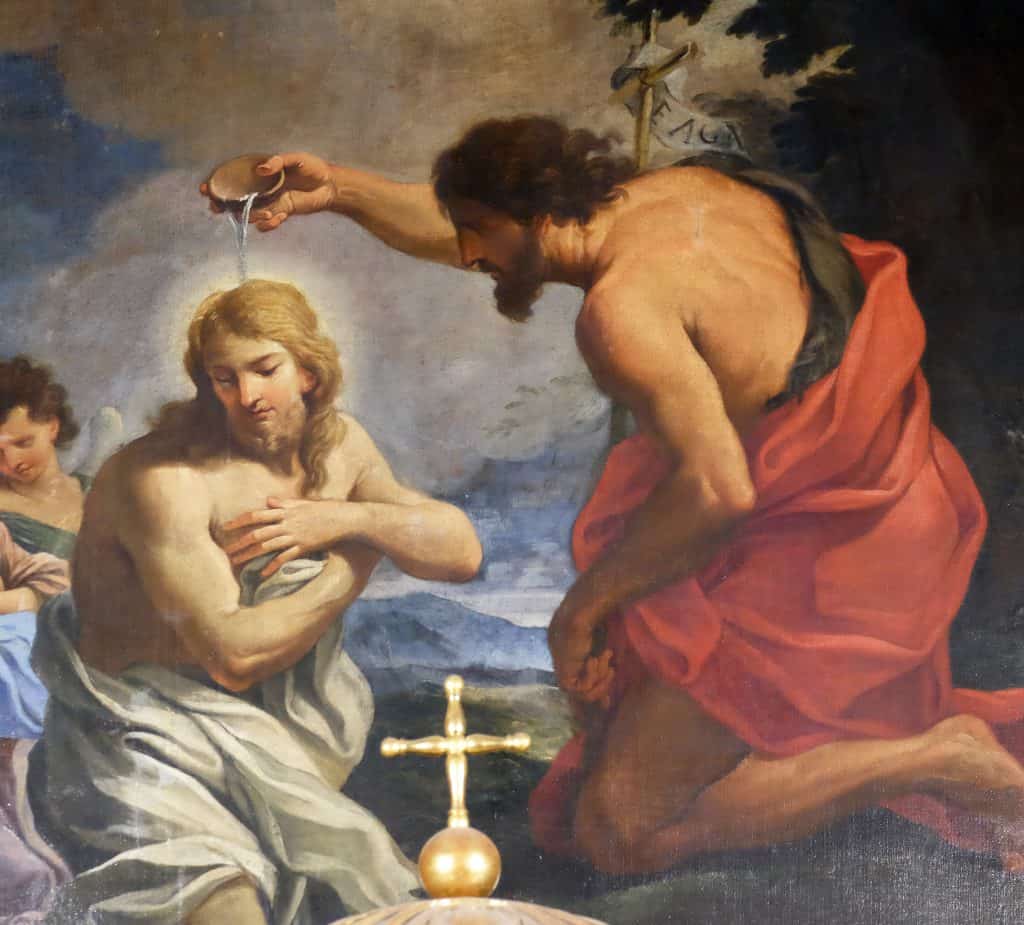
But what’s strange about this holiday is that it is the only holiday that celebrates the saint’s birthday rather than the date of their death. That’s right, the only one. His day is important in Christianity because of the similarities between itself and Christmas. And since John the Baptist is believed to have been Jesus’ cousin, Saint John’s Eve’s importance is even more prevalent.
Just as Christmas is celebrated following the sun’s rebirth after the Winter Solstice (as you read above), Saint John’s Eve is used to mark the lessening of the sun following the Summer Solstice. In Ancient Rome, however, Saint John’s Eve was not celebrated as the birthdate of John the Baptist, of course, and the Pagan origins of June 24th are vastly different from the Christian version.
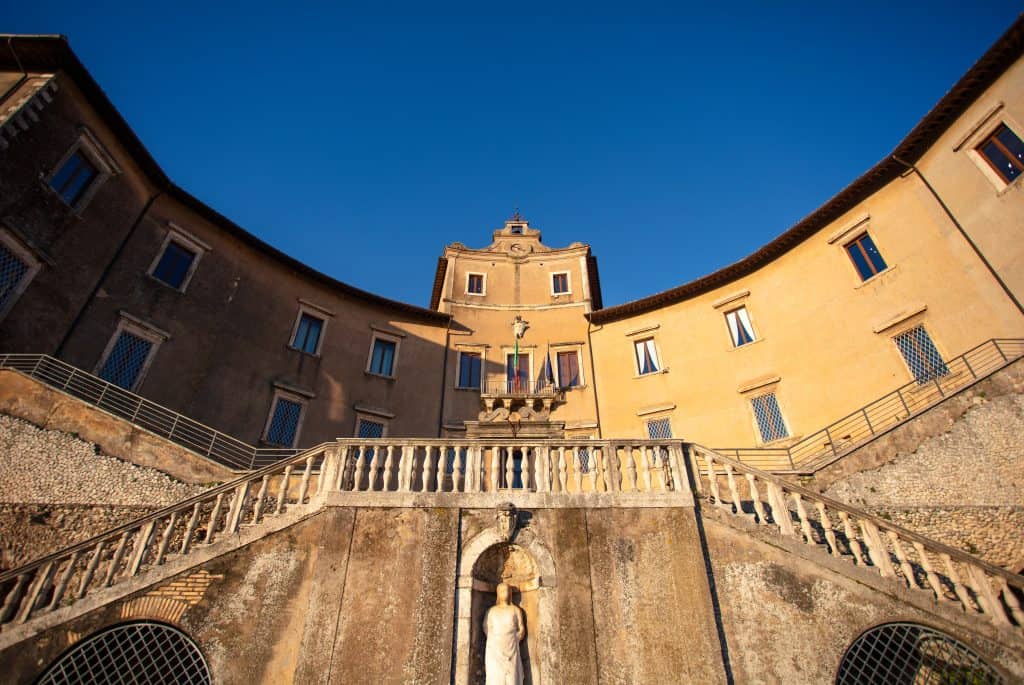
In Ancient Rome, June 24th was actually celebrated as a day dedicated to the Roman goddess of luck, Fortuna. This day was used as a way for Romans to do everything they could to please Fortuna, hoping she would bestow good fortune upon them. However, Fortuna is infamous for rarely appeasing the Romans, and most Romans would never receive the good luck that they so desperately hoped for.
Related Resources

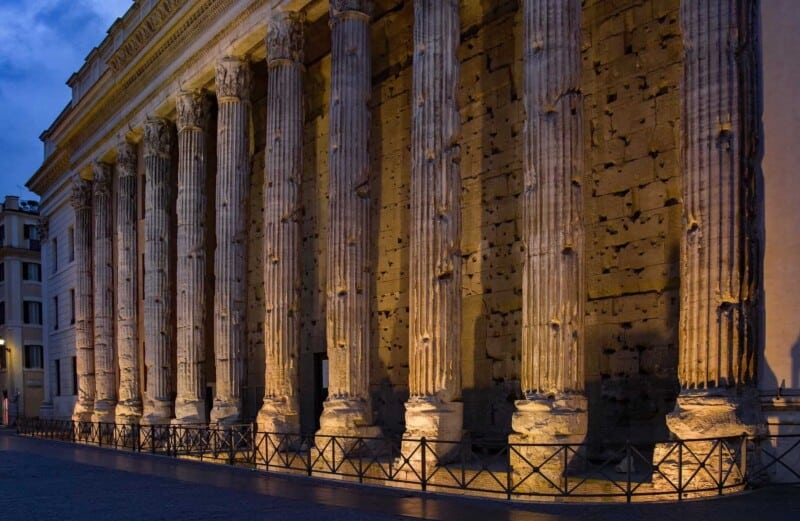
0 Comment